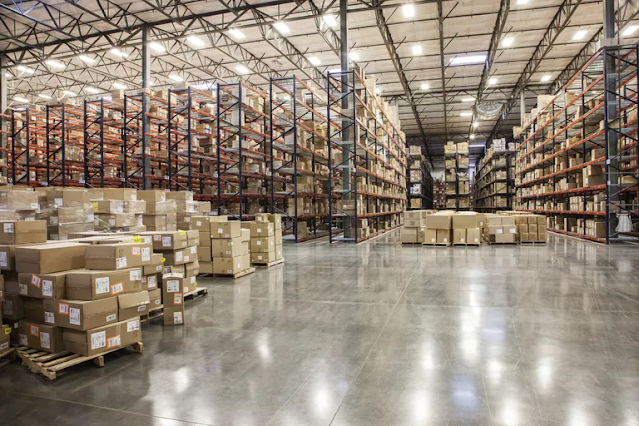The Rise of Warehousing in Nagpur: A Hub of Logistics Excellence
Nagpur, the geographic heart of India, has emerged as a key player in the logistics and supply chain industry. With its strategic location, well-connected transportation networks, and progressive policies, the city is witnessing a significant rise in the establishment of warehouses. This article explores the dynamics of the warehouses in Nagpur, delving into its growth, contributing factors, and the impact on the region’s economy.
1. Geographic Advantage: Nagpur’s central location in India places it at the crossroads of major national highways and railway networks. This geographic advantage makes it an ideal hub for warehousing activities. The city serves as a pivotal point for the seamless movement of goods across different regions, reducing transit times and transportation costs.
2. Transportation Infrastructure: One of the critical factors fueling the growth of warehouses in Nagpur is its robust transportation infrastructure. The city is well-connected by road, rail, and air, facilitating efficient movement of goods. The presence of major highways, such as the National Highways 44 and 53, and a well-established railway network make Nagpur an attractive destination for logistics companies.
3. Government Initiatives: The government of Maharashtra has been proactive in promoting the development of logistics and warehousing in the state. Various policy measures, incentives, and initiatives have been introduced to attract investments in the sector. These include tax benefits, streamlined approval processes, and the creation of industrial zones dedicated to warehousing.
4. Emergence of E-commerce: The booming e-commerce sector has played a pivotal role in the surge of warehouses in Nagpur. As online shopping continues to gain traction, companies are striving to enhance their supply chain efficiency. Setting up warehouses in strategic locations, like Nagpur, allows e-commerce giants to reach their customers faster and reduce delivery times.
5. Employment Opportunities: The establishment of warehouses in Nagpur has not only contributed to the growth of the logistics industry but has also created employment opportunities for the local population. From warehouse staff to managerial positions, the sector has become a significant source of livelihood for many residents.
6. Technology Integration: Warehouses in Nagpur are not just traditional storage spaces; they are adopting advanced technologies to optimize operations. Automation, robotics, and sophisticated inventory management systems are being deployed to enhance efficiency, reduce errors, and ensure timely deliveries.
7. Environmental Considerations: With an increasing focus on sustainability and environmental responsibility, warehouses in Nagpur are adopting eco-friendly practices. From energy-efficient lighting to green building designs, the industry is making strides towards minimizing its ecological footprint.
8. Challenges and Solutions: While the growth of the warehouse sector in Nagpur is commendable, it comes with its set of challenges. Issues such as traffic congestion, infrastructure maintenance, and the need for skilled labor require attention. Collaborative efforts between the government, private sector, and local communities are essential to address these challenges and sustain the positive momentum.
Also Read: Warehousing in Kolkata: A Strategic Hub for Eastern India’s Industrial Might
9. Future Outlook: The future of warehousing in Nagpur looks promising. As the logistics industry continues to evolve, the city is likely to witness further expansion and technological advancements. The integration of emerging technologies like artificial intelligence and the Internet of Things (IoT) is expected to revolutionize warehouse operations, making them even more efficient and responsive to market demands.
10. Case Studies: Examining specific case studies of successful warehouses in Nagpur provides insights into best practices and strategies. By analyzing the experiences of industry leaders, other businesses can learn valuable lessons on operational efficiency, customer satisfaction, and sustainable practices.
Conclusion:
Nagpur’s transformation into a thriving hub for warehouses is a testament to its strategic advantages, government support, and the adaptability of the local business community. As the city continues to attract investments in the logistics sector, it not only contributes to the economic growth of the region but also serves as a model for other aspiring logistics hubs across the country. The rise of warehousing in Nagpur is a compelling narrative of a city that has embraced the future of logistics and positioned itself as a key player in India’s supply chain landscape.
Source URL: https://bit.ly/3TeRwHl




Comments
Post a Comment